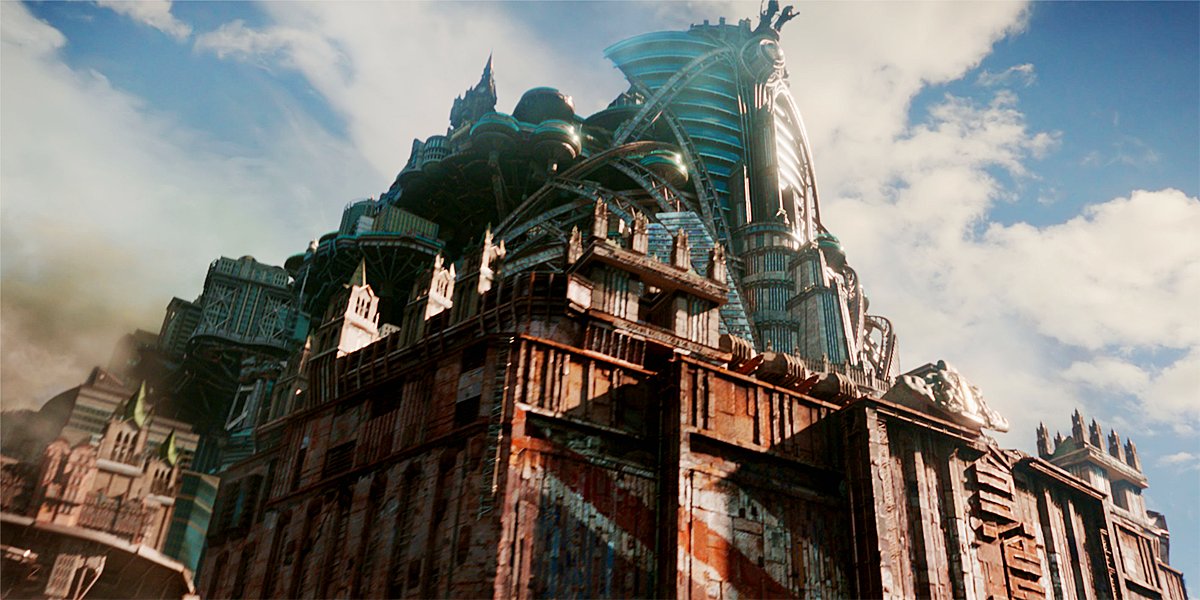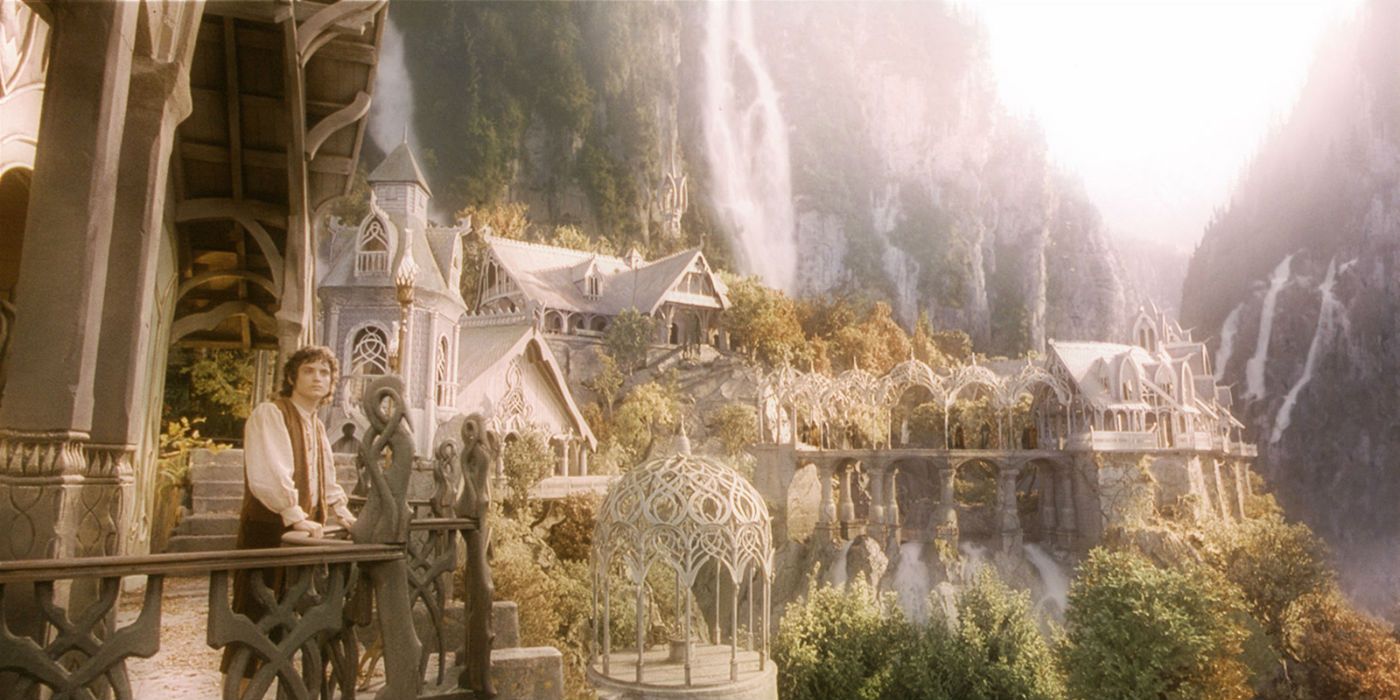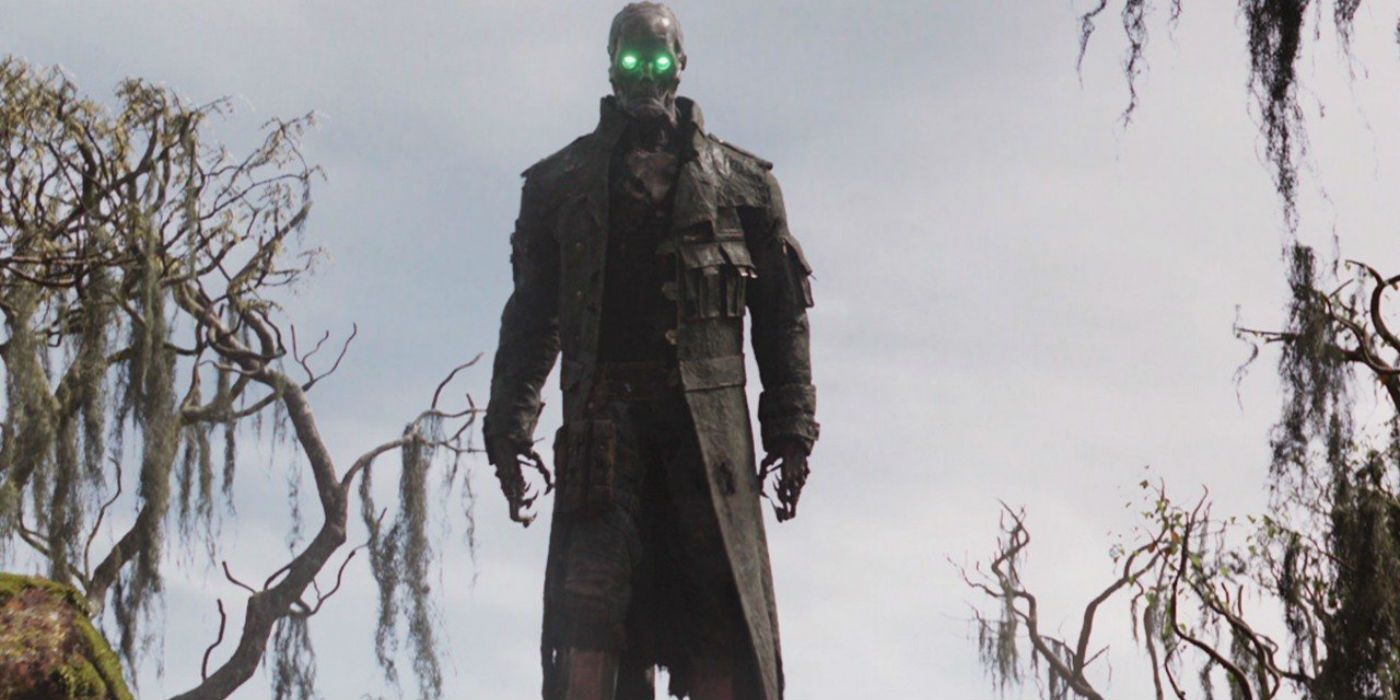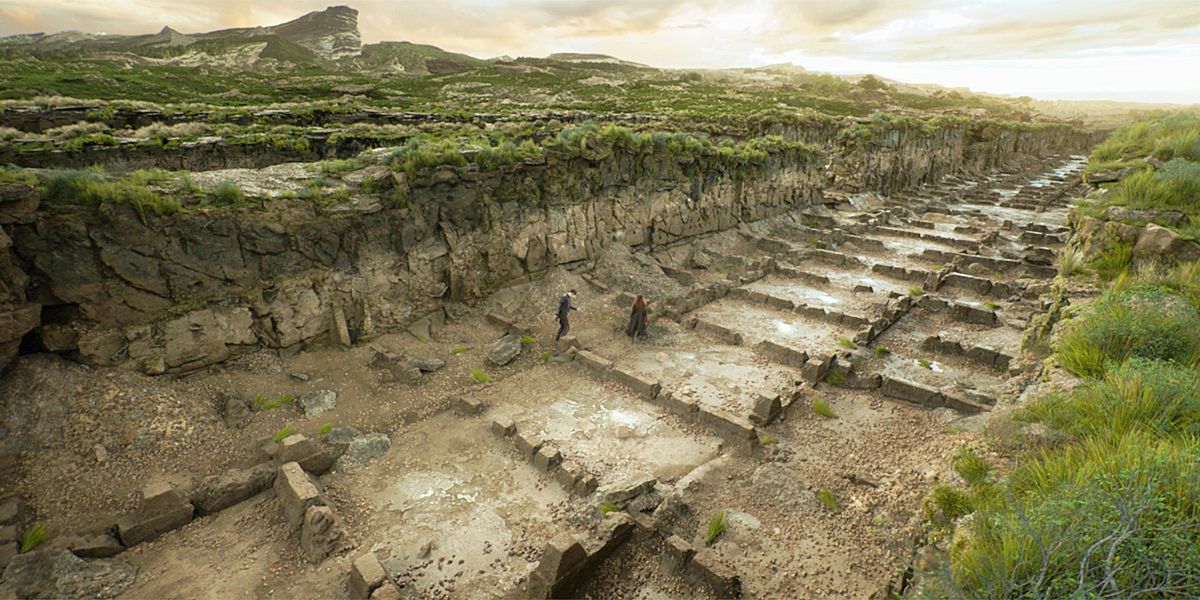WARNING: The following article contains spoilers for Mortal Engines, in theaters now.
Among the many major films arriving this month is Mortal Engines, an adaptation of the novel series by Philip Reeve. The story takes place a thousand years in the future, after civilization as we know it was destroyed in the Sixty Minute War. Much of humanity now exists within enormous mobile cities, like London, that roam the continents, hunting for resources by consuming smaller cities.
RELATED: Why Peter Jackson Didn't Direct Mortal Engines
A lot of the marketing for Mortal Engines rests on the involvement of many of the talents behind the blockbuster Hobbit and Lord of the Rings trilogies: The post-apocalyptic adventure is written by Fran Walsh, Philippa Boyens and Peter Jackson, produced by Jackson and Walsh (among others), and directed by Jackson's longtime collaborator Christian Reeve. Mortal Engines was bound to be compared to the wondrous world of J.R.R. Tolkien, especially because they share so muchin cinematography and aesthetic style.
But while Mortal Engines may be beautiful at times, the the world it tries to construct doesn't meet the expectations created by the film's marketing. It certainly doesn't come close to the cinematic world of The Lord of the Rings.
The reason why so many people are drawn to Tolkien's novels, and the subsequent film adaptations, is that they offer entire worlds with a variety of lands, creatures, people and cultures. The lore is rich in detail and history in which fans can immerse themselves. The Lord of the Rings films were each about three hours long, with good reason. There were plenty of characters, many with a story of his or her own, and the setting was vast enough to warrant time to explore it. The films in the trilogy wasted little time, as there was so much to introduce to audiences.
RELATED: Mortal Engines' High-Octane Ending, Explained
In Mortal Engines, which revolves around mobile cities that war against each other, the only people who seem to live in relative peace are the inhabitants of Shan Guo, who are under the protection of the Anti-Traction League. There's a lot that the film wants to tell its audience, but it doesn't seem to know how. The result is a lot of exposition, and odd-sounding terms thrown around with little to no explanation ("quirkes" are a currency and possibly also a reference to a deity or important figure).
Characters like Shrike are introduced with intensity, as though being the last of something called the Lazarus Brigade should impress or excite a general audience. It's easy enough for viewers to imagine the story behind a name like that, but there's obviously more to Shrike than the film lets on. Because it fails to explore his character, he ends up being just another villain with a flashy costume.
It's clear that Mortal Engines had just as much potential as The Lord of the Rings in terms of world-building, but it wasn't executed properly. It doesn't actually take the time to build its post-apocalyptic fantasy world, even aesthetically. It makes sense that the hunting grounds of the predator cities would be completely ravaged and almost barren, but that doesn't make for a particularly exciting experience, visual or otherwise.
RELATED: A Guide to Mortal Engines' Steampunk World
There are a few different cultures presented in this film, but with no real variety to them or their lands -- not even behind the wall guarding Shan Guo, where everything is supposed to be pristine and beautiful. The one unique location is Rustwater Marshes, where it's much greener, but that's hardly enough to balance the rest of the film. Similarly, there's no diversity in language. We finally hear another language when Fang (Jihae) brings Hester (Hera Hilmar) and Tom (Robert Sheehan) to Skyhaven, but it's never spoken again. There's a Chinese dialect briefly spoken when Fang discusses defense against London with Governor Khan (Kee Chan), but for the most part, everyone speaks English, albeit with slightly different accents.
In contrast, the Lord of the Rings trilogy had its languages spoken frequently enough that we could believe they would only use English -- or, rather, Westron -- around the Fellowship. The environments they lived in were drastically different from one another. The Shire was distinct from Rivendell and Mordor. We got a chance to familiarize ourselves with the societies, the races and the languages. We don't have the same opportunity in Mortal Engines.
Execution is key, and the problem with Mortal Engines boils down to its attempt to force the mythos on its audience.
The books undoubtedly offer more, and fans of the series will have gone into cinemas knowing what to expect. For the casual moviegoer, however, prior knowledge of this steampunk fantasy world shouldn't be a requirement to enjoy the film. Done right, a feature should be able to guide the audience through its world and allow them to pick up details along the way. It shouldn't have to offer earfuls of exposition at the cost of character development or actual, meaningful dialogue and plot as Mortal Engines does, which is why it fails at building what should have been an expansive world.
The creative minds of Peter Jackson and his production team are indeed present throughout the film -- there are plenty of moments when the film is aesthetically stunning -- just not in any way Mortal Engines actually needed them to be.
Directed by Christian Rivers, Mortal Engines stars Hera Hilmar, Hugo Weaving, Jihae, Robert Sheehan and Stephen Lang. The film is in theaters now.




